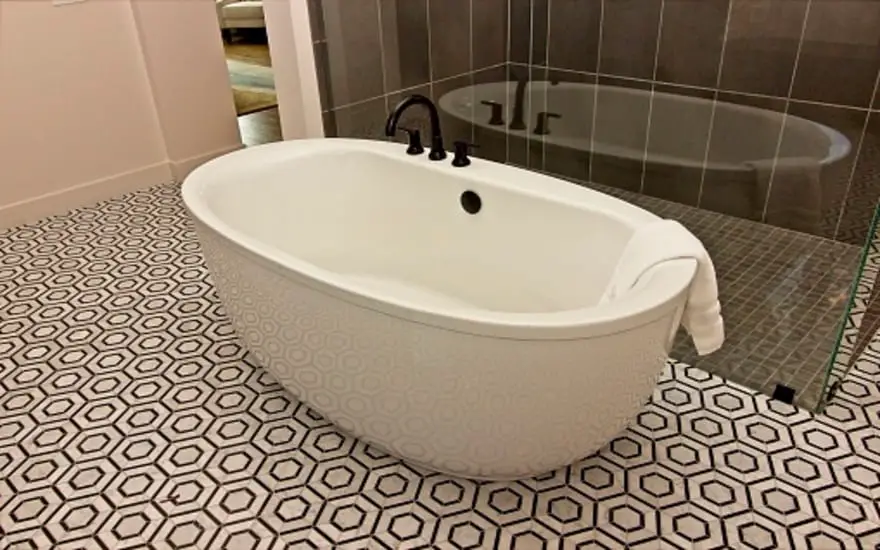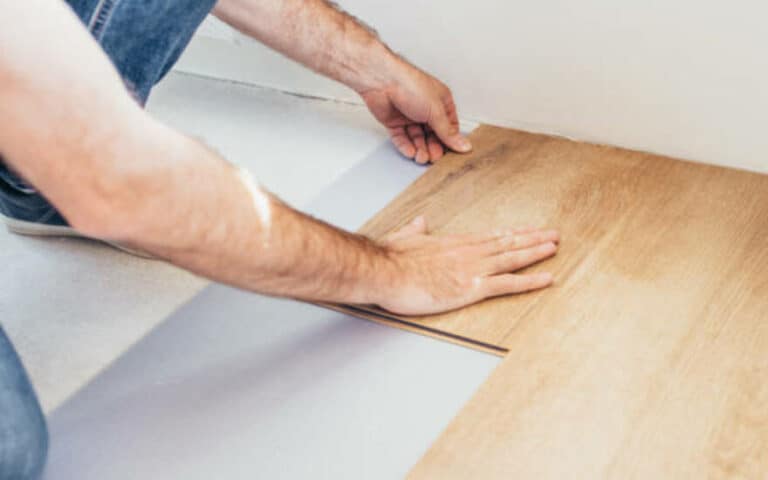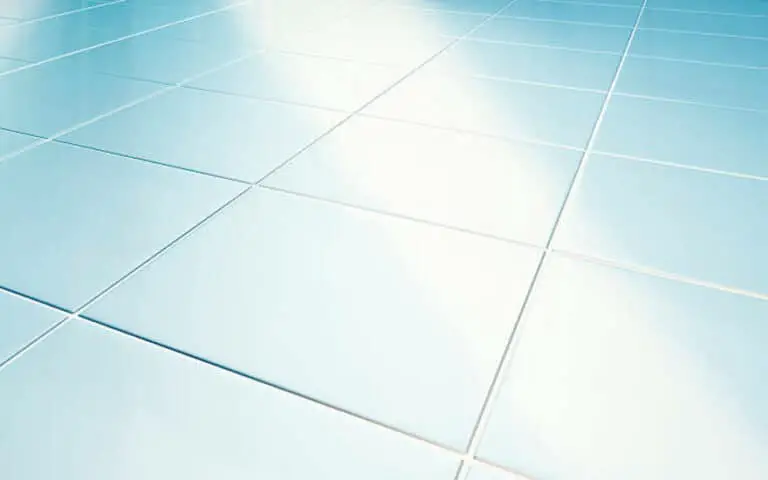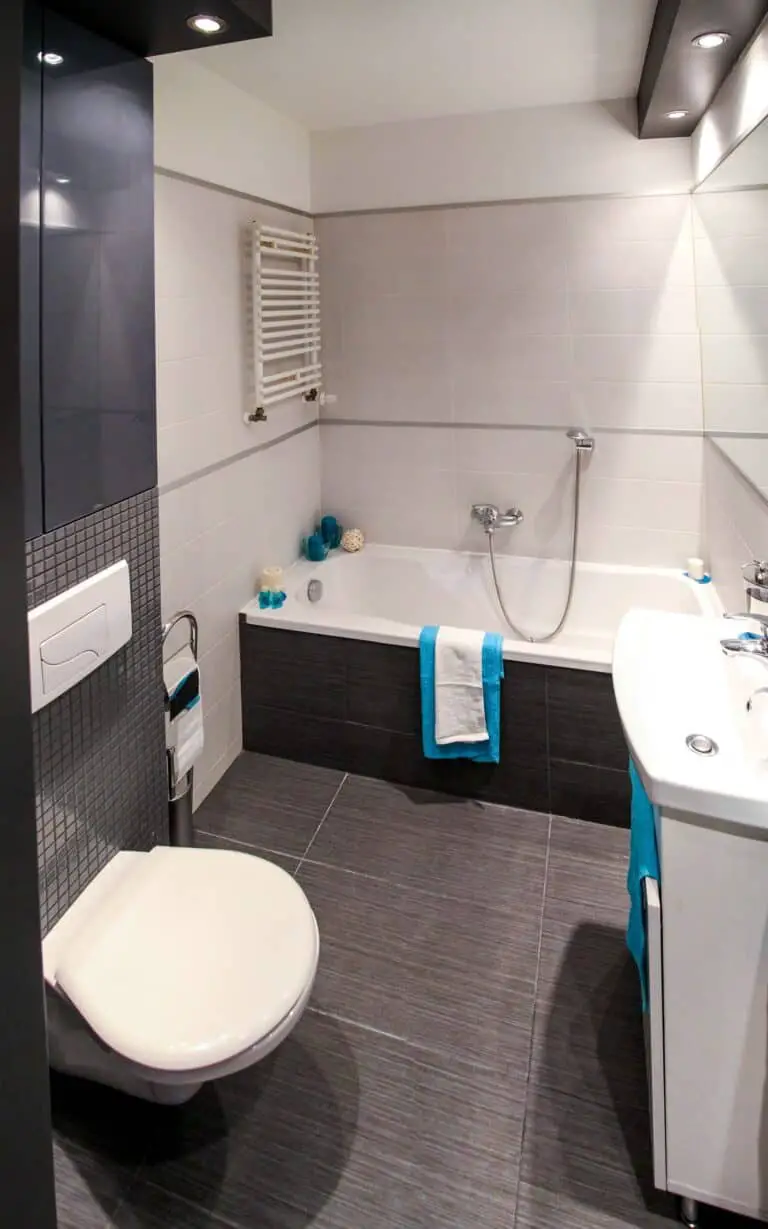Believe it or not, replacing your bathroom floor without removing the tub is possible! Are you looking to renovate your bathroom but don’t want to go through the hassle of removing the tub? This blog post will uncover the surprising answer to this question and provide a step-by-step guide on replacing your bathroom floor without removing the tub.
Is it possible to replace your bathroom floor without removing the tub?
The short answer is yes, replacing your bathroom floor without removing the tub is possible. It can be a challenging task, especially if you are not experienced with home improvement projects, but with a few tips and tricks and a bit of patience, you can get the job done.
Before you begin, it is essential to note that it may not be possible to replace your bathroom floor without removing the tub in all cases. For instance, if your tub is installed on a wooden subfloor, you will likely have to remove the tub to replace the floor.

Things to Consider Before Replacing Your Bathroom Floor Without Removing the Tub
Before you begin replacing your bathroom floor without removing the tub, there are a few things you’ll need to consider.
First, you’ll need to ensure that your tub is securely in place. If the tub is not secured correctly, it can cause severe damage if it moves while you are working on replacing the floor.
Another essential factor to consider is the condition of your existing floor. If the existing floor is in poor condition, you may need to remove the tub to replace the floor. You may also need to remove the tub if the new flooring is thicker than the existing one.
Finally, you’ll need to ensure that you have all the necessary tools and materials before you begin the project. Replacing a bathroom floor without removing the tub can be complicated and time-consuming, and you don’t want to be stuck in the middle of the project without the necessary supplies.
The Steps to Replacing Your Bathroom Floor Without Removing the Tub
Once you have gathered all the necessary tools and materials and have ensured that your tub is securely in place, you can begin replacing your bathroom floor without removing the tub.
The first step is to clean the existing floor. Use a broom and dustpan to sweep up any dirt and debris, and then use a mop and cleaning solution to clean the floor thoroughly. Be sure to remove any soap scum or grime that may be present.
The next step is to install the new flooring. If you are using tile, you’ll need to lay down a layer of mortar before installing the tiles. If you are using vinyl or laminate, you can skip this step. Take your time and ensure that the new flooring is aligned and leveled.
Once the new flooring is in place, you’ll need to grout or seal the edges. This is an important step that will help to ensure that the new flooring is sealed and waterproof.
Finally, you’ll need to replace the trim and baseboards around the tub. This will give the room a finished look and help to protect the edges of the new flooring.
Common Mistakes to Avoid When Replacing Your Bathroom Floor Without Removing the Tub
When replacing a bathroom floor without removing the tub, there are a few mistakes that you’ll want to avoid. First, make sure that the new flooring is appropriately aligned and leveled.
If the flooring is not level, it could cause water to pool in certain areas and cause damage to the floor.
Another mistake to avoid is using the wrong type of flooring. Make sure you choose a flooring material designed for use in bathrooms. If you are using tile, make sure that you use a waterproof grout and sealer.
Finally, take your time when cutting the new flooring. If you rush through this step, it could result in uneven edges or gaps between the flooring and the wall.
The Pros and Cons of Replacing Your Bathroom Floor Without Removing the Tub
Replacing your bathroom floor without removing the tub has both pros and cons. Plus, it can save you time and money since you won’t have to hire a professional to remove the tub. It can also be a great project for novice DIYers since the process does not require a lot of specialized skills or tools.
On the downside, the process can be time-consuming and labor-intensive. It can also be challenging to ensure that the flooring is aligned and leveled.
Conclusion
Replacing your bathroom floor without removing the tub is a great way to save time and money on your next home improvement project. It can be challenging, but you can get the job done with the right tools, materials, and patience. Just take your time and follow the steps outlined in this blog post to ensure the best results.






